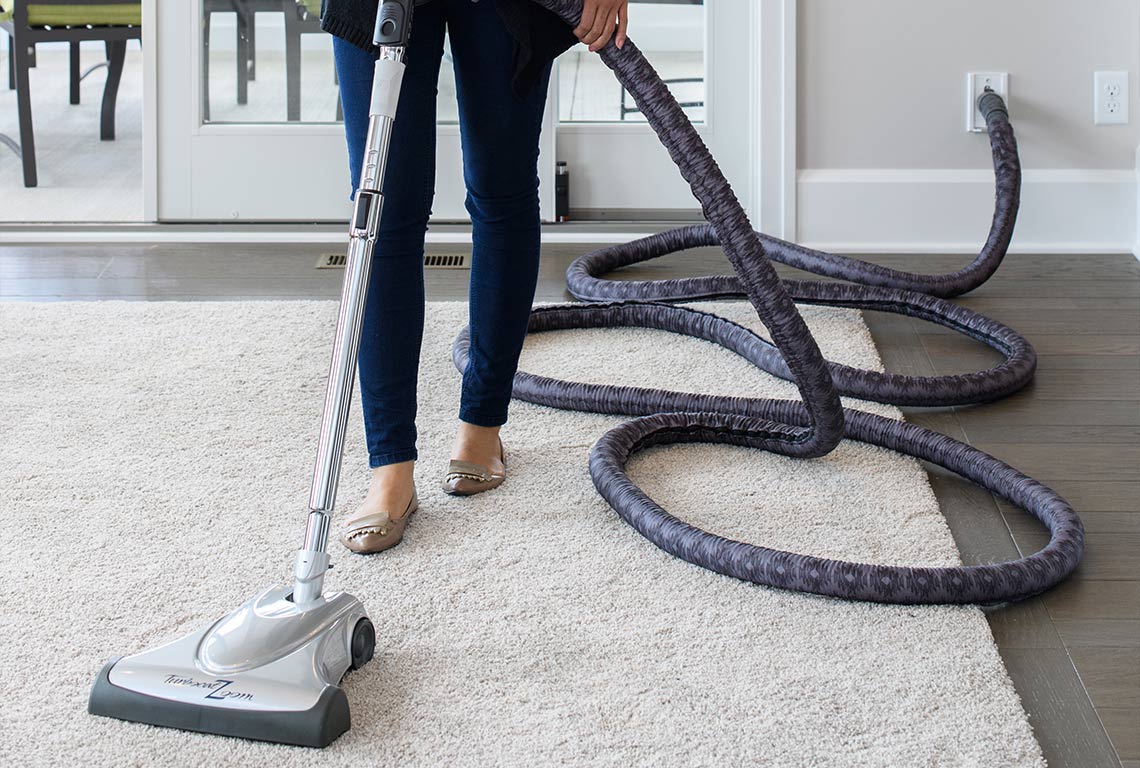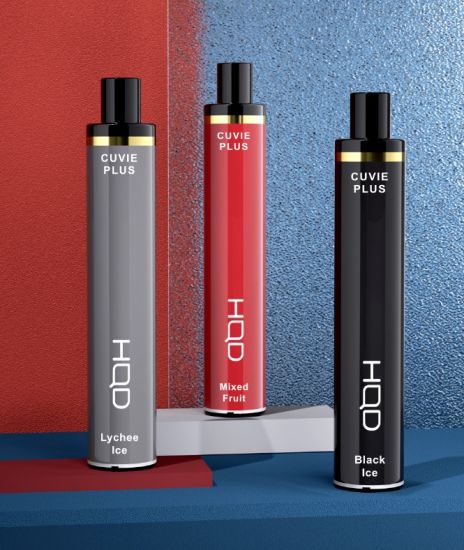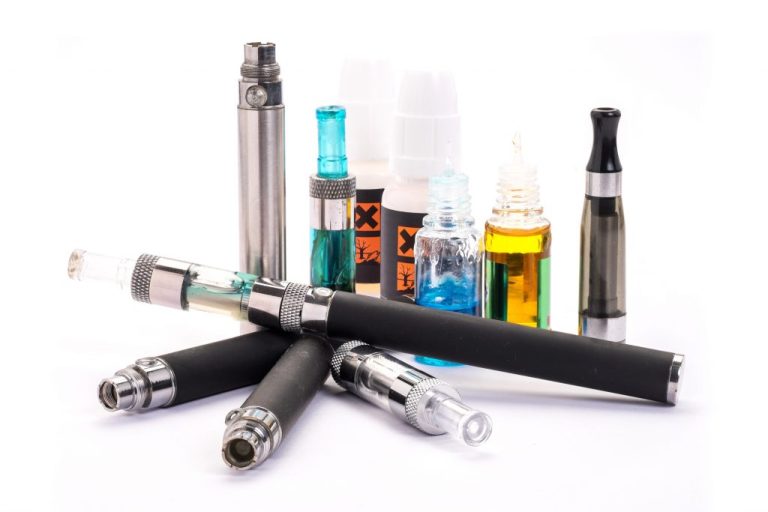Energy Efficiency and Central Vacs: What to Know

Central Vacs offer several advantages when it comes to energy efficiency compared to traditional portable vacuum cleaners. Here’s what you need to know about energy efficiency and Central Vacs:
1. Motor Efficiency
Central Vacs typically feature larger and more powerful motors compared to portable vacuums. These motors are designed to operate efficiently, generating strong suction power while consuming less energy overall. The efficiency of the motor contributes to effective cleaning performance without excessive power consumption.
2. Reduced Energy Loss
Unlike portable vacuums that recirculate exhaust air and emit heat into the cleaning area, Central Vacs vent exhaust air outside the living space. This design minimizes energy loss associated with heat dispersion and ensures that indoor air quality remains unaffected by vacuuming activities.
3. Lower Energy Consumption
Central Vacs are generally more energy-efficient than portable vacuums, particularly during extended cleaning sessions. The centralized motor unit, located in a garage, basement, or utility room, operates efficiently with minimal energy loss through the ductwork system. This setup reduces the overall energy consumption compared to traditional vacuums that rely on smaller motors and can consume more power during prolonged use.
4. Energy-Saving Features
Some modern Central Vacs incorporate energy-saving features to further enhance efficiency:
- Variable Speed Control: Allows users to adjust suction power according to cleaning needs, optimizing energy use based on the surface being cleaned.
- Automatic Turn-Off: Systems equipped with sensors or timers automatically turn off after a period of inactivity, reducing standby energy consumption.
- Smart Home Integration: Integration with smart home technology enables users to monitor energy usage and schedule cleaning cycles for times of lower energy demand.
5. Sustainable Cleaning Solution
Central Vacs contribute to sustainable living practices by minimizing energy consumption and reducing environmental impact:
- Longevity: Central Vacs are built to last longer than traditional vacuums, reducing the frequency of replacements and associated waste.
- Less Disposable Waste: These systems typically use reusable or larger capacity dirt collection bins, minimizing the use of disposable vacuum bags that contribute to landfill waste.
6. Considerations for Installation
When installing a Central Vacs for optimal energy efficiency:
- Location: Choose a well-ventilated area for the central unit to ensure efficient operation and heat dissipation.
- Insulation: Properly insulate ductwork to minimize heat loss and ensure consistent suction power throughout the system.
- Maintenance: Regular maintenance, such as cleaning filters and checking tubing for blockages, helps maintain peak performance and energy efficiency over time.
Conclusion
Central Vacs are a sustainable and energy-efficient cleaning solution for homes, offering powerful suction, reduced energy consumption, and enhanced indoor air quality benefits. By investing in a Central Vacs, homeowners can enjoy efficient cleaning performance while minimizing environmental impact and lowering overall energy costs. Understanding these aspects of energy efficiency can help you make informed decisions when considering Central Vacs for your home.






+ There are no comments
Add yours